‘Comrades there’s no debate! Soviet Citizens will get in great shape. What is ours is in our power. Where’s our power? In this cocoa powder.’ Such were the lyrical themes stretching the talents of the poet Vladimir Mayakovsky by the mid 1920s. He had gone enthusiastically into business as an advertising agent, producing posters with the artist Aleksandr Rodchenko. Their company, Reklam-Konstruktor (advertising constructor), would last only two years, and Lenin’s New Economic Policy, the mixed economy that allowed such enterprises, wouldn’t last much longer after Stalin came to power. Such can be the brief life of good ideas.

Maquette for We Are Building (Stroim) (1928), Valentina Kulagina. Museum of Modern Art, New York
Avant-garde experiments and historical anomalies like this have long excited wonder and nostalgia in the West. The posters of the early USSR have seemed particularly seductive and have come to be prized like the pelts of awesome beasts (how beautiful and powerful it was, before we killed it!). The banker and investor Merrill C. Berman was one of the first to collect these pelts in depth and amassed a most notable collection of Russian and European avant-garde posters. The Museum of Modern Art having now acquired it, and being gleeful in its prize as well as institutionally obligated to its benefactor, has put it at the centre of an exhibition, ‘Engineer, Agitator, Constructor: The Artist Reinvented’. It is only one of the show’s ironies that it begins with a Soviet poster depicting tiny, top-hatted capitalists scampering for cover from the stomping feet of the onward-marching worker. At least one of those capitalists got out alive and bought the poster.

Production Clothing for Actor No. 7 (1922), Liubov Popova. The Museum of Modern Art, New York
MoMA’s need to celebrate the arrival of the collection has certainly dictated the tone and premise of the exhibition. It takes a broad sweep: pulling in early 20th-century work from across Europe and Russia, and touching on the Bauhaus, De Stijl, Futurism, Dada and Constructivism. The idea of examining artists’ roles – how avant-gardists gave up contemplation and became enterprising actors in the public world – sounds rousing, yet it has long been woven into understandings of these movements. It’s simply a premise capacious enough to be all-embracing. What the show does generally exclude are paintings and sculptures, and that’s unfortunate because when they do appear, they capture just how easily – or not – artists stepped into these new roles, how easily they switched from easel to office. In one fine pairing, Liubov Popova’s geometric abstraction, Painterly Architectonic (1917), finds a striking echo in Aleksandr Vesnin’s illustration, Proposal for a Monument to the Third International (1921), making Popova seem like the concept consultant for the real world. But when we come to Kurt Schwitters, it’s a different story. The show includes an example of an advert he created for the car manufacturer Opel, rendered in Systemshrift, his systematic typeface, which cloaks the product in an air of clarity and elegant efficiency. But in one of his nearby paintings, Merz Picture 32A. The Cherry Picture (1921), fragments of that same commodity world seem to churn unpredictably in a nauseous green soup, surfacing and then drowning. At the office, Schwitters was diligent; in the studio, he was mordant.

The Hand Has Five Fingers (campaign poster for German Communist Party) (1928), John Heartfield. The Museum of Modern Art, New York
If the show can’t explain these dichotomies, its wealth of poster art does have the happy consequence of evoking the bustling city streets where so many of these images first blared their message. We can imagine a world in which artists glided frictionlessly between commerce and politics and art, being fully public creators, form-givers of a new modernity. And it’s seductive: in one of the show’s atmospheric backdrop photographs, I glimpsed a bold, spare image of a cup of coffee on the side of a city building and I was exultant at how drinking this humble coffee might electrify social change (we would ALL drink this coffee!). Of course, it was not always so easy to glide between these worlds. In a sequence of preparatory drawings from 1919, the Dutch painter and designer Bart van der Leck works out his concept for a poster for Delft Salad Oil: they begin with a fairly clear depiction of a happy man and his lovely oil, but by the time Van der Leck is done with his reductive abstraction, the man looks like a cloud of floating particles. Ultimately, someone else was found to push the oil.

Poster for Mossel’prom cooking oil (1923), Aleksandr Rodchenko and Vladimir Mayakovsky as Reklam-Konstruktor Agency. Museum of Modern Art, New York. Photo: Robert Gerhardt; © 2020 Estate of Aleksandr Rodchenko/UPRAVIS, Moscow/Artists Rights Society (ARS), NY
The proximity of abstraction and commodities in so many of these posters can lead one to wonder just how easily these could be integrated, how easily could artistic ideals and industrial product conjoin? Why do red bars pattern the background of Rodchenko and Mayakovsky’s poster for cooking oil, framing the bottle? (‘Attention proles. Cooking oil is three times cheaper than butter but richer than all the others. Get it from Mossel’prom.’) Are the bars simply to enliven the background with an urgent buzz? Or does the abstraction communicate something modern and liberating in itself? Or both? For sure, the restrictions of simple printing technology, as well as the needs of bold design, demanded these kinds of contrasts, yet the style does seem to evoke an earlier moment in the life of the commodity. In Rodchenko and Mayakovsky’s designs, Mossel’prom cooking oil is still more or less cooking oil, it’s not some seamless addition to a contemporary lifestyle, some floating signifier for second-home farm-to-table living. The society of the spectacle has not yet arrived.
The idea that artists might go to work as advertisers seems inconceivable today. Jeremy Deller is never going to plug breakfast cereal. But as far as this show is concerned, it was totalitarianism that dealt the lethal blow to this fruitful moment. It concludes with an excerpt from Election Campaign 1932 (Last Election), a film by Ella Bergmann-Michel, which shows political advertising dotting the streets of Frankfurt, almost on the eve of Hitler’s ascension to power. Posters plaster Morris columns and symbols adorn flags, a modernistic world of signs – and options and enthusiasm, even for the liberating power of cocoa and cooking oil – that Hitler’s ascent would halt. Some people might point to Jeff Koons and Takashi Murakami putting their art on Louis Vuitton handbags and say that the dream is alive. But these days, those people would only be press officers.
‘Engineer, Agitator, Constructor: The Artist Reinvented, 1918–1939’ is at the Museum of Modern Art, New York, until 10 April.
From the March 2021 issue of Apollo. Preview and subscribe here.






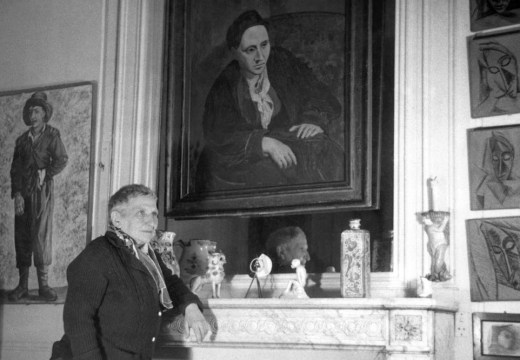

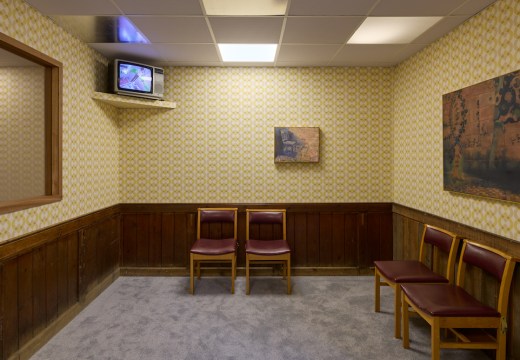
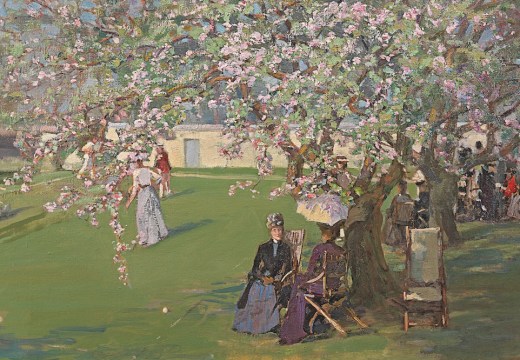
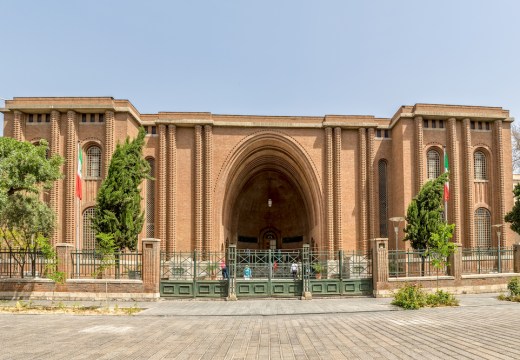

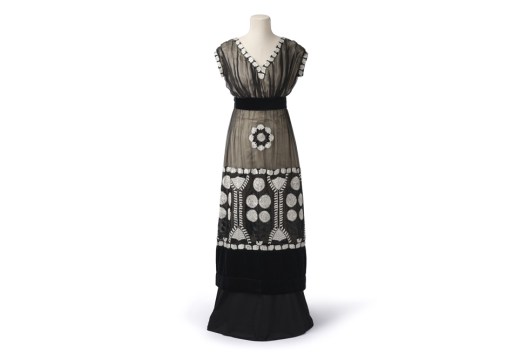

![Masterpiece [Re]discovery 2022. Photo: Ben Fisher Photography, courtesy of Masterpiece London](https://apollo-magazine.com/wp-content/uploads/2022/07/MPL2022_4263.jpg)
Sitting pretty – the world’s best museum benches